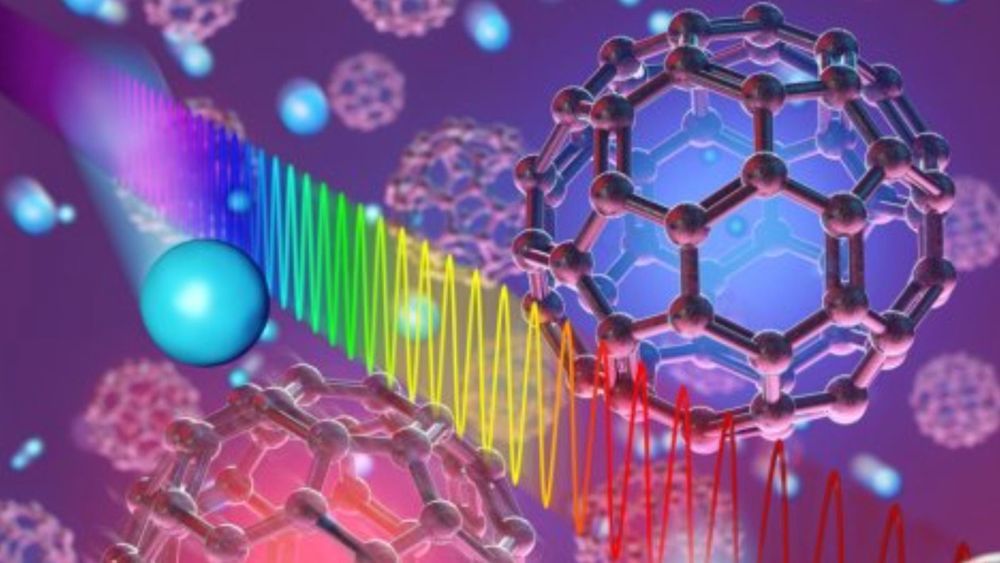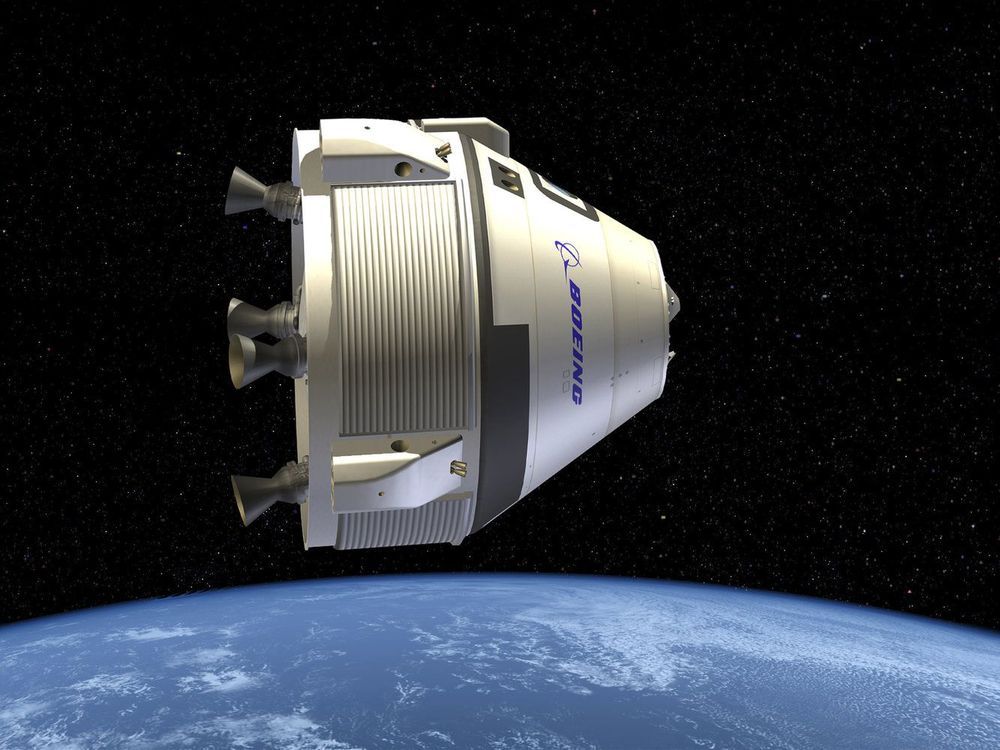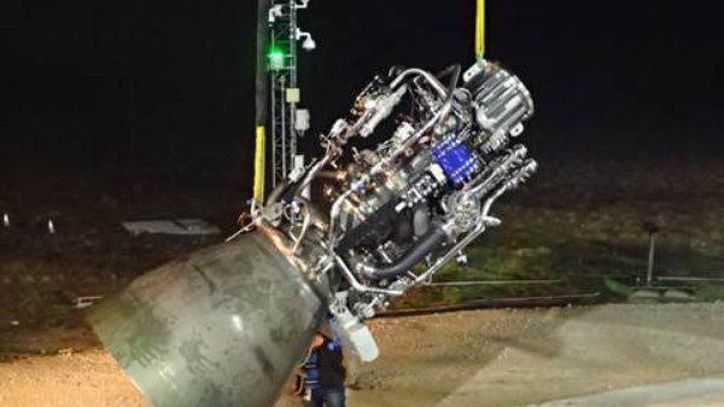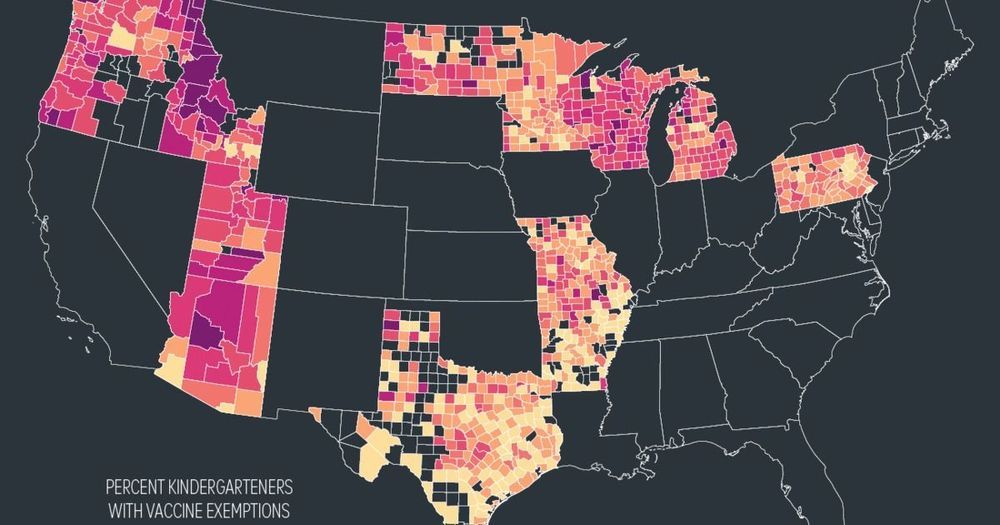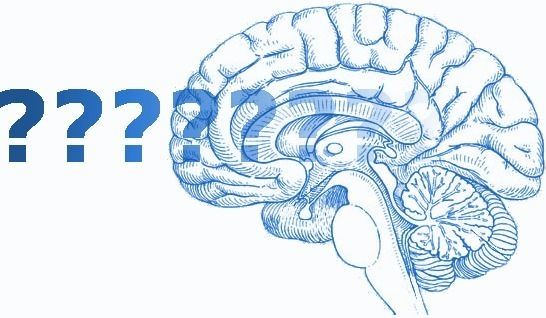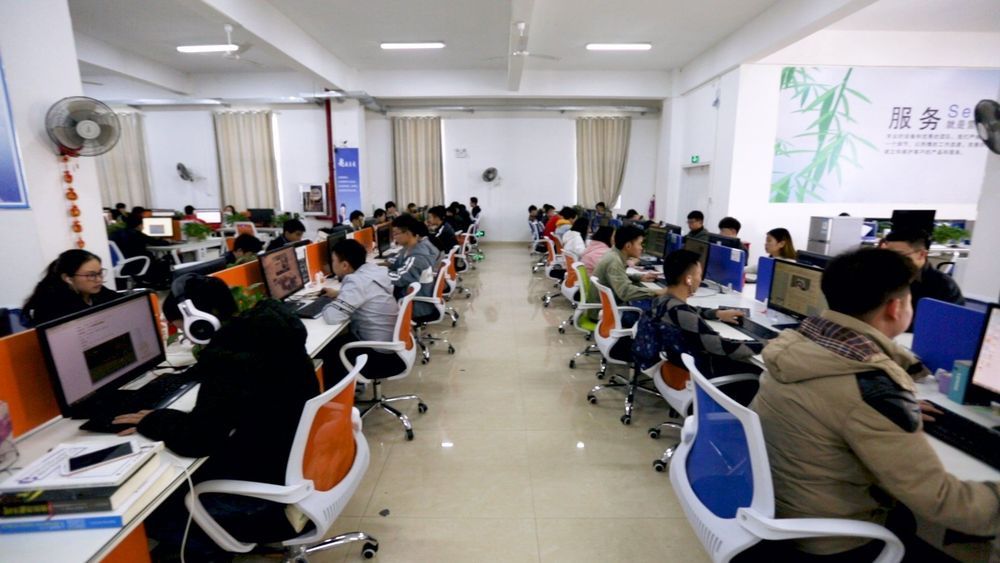Feb 2, 2019
New Research Could Be First Step Toward Buckyball-Powered Quantum Computers
Posted by Genevieve Klien in categories: biotech/medical, computing, quantum physics, solar power, sustainability
Scientists have characterized the quantum behavior of buckminsterfullerene molecules, also known as buckyballs, with the hope of perhaps one day turning them into miniature quantum computers.
Buckyballs are the Nobel Prize-winning molecules that consist of sixty carbon atoms arranged in a closed, soccer ball-shape. Their peculiar structure bestows them with strange observable quantum properties, and has given them uses in solar panels and even medicine. But a team of scientists from JILA, a research institute run by the National Institute of Standards and Technology and the University of Colorado, has made measurements in preparation for exploiting buckyballs’ quantum properties in even stranger ways.
